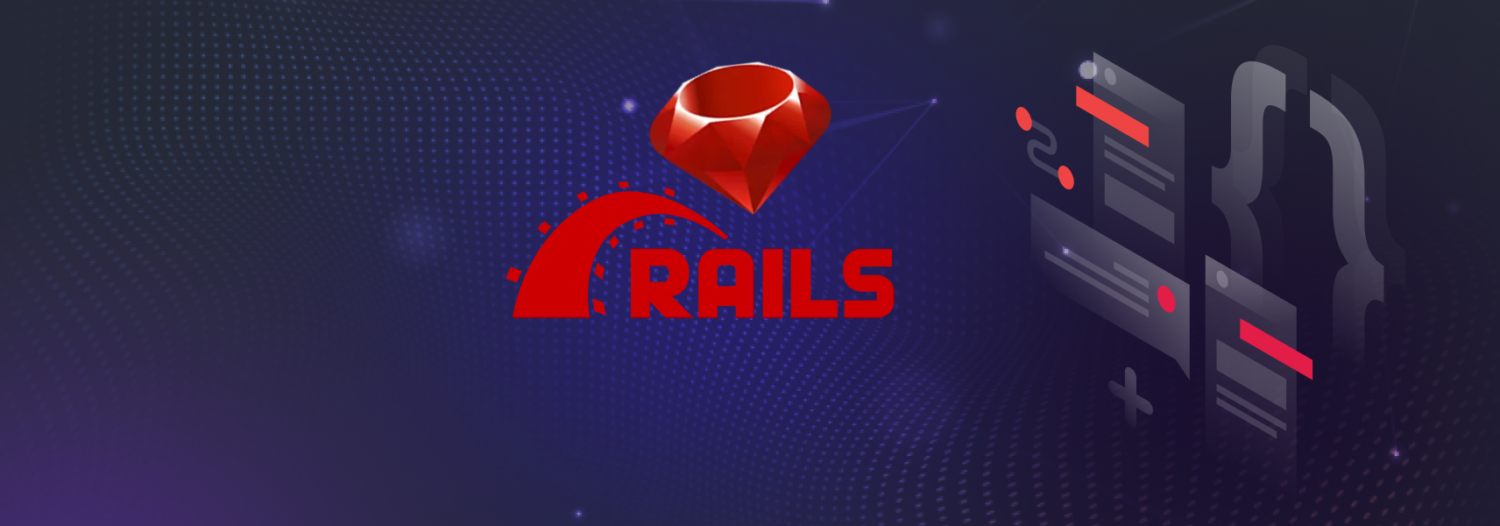Table of Contents
Ruby on Rails, a trusted framework for web development, continues to evolve, making it even easier for developers to build and deploy applications. The release of Rails 8 introduces a significant new feature – No PaaS (Platform as a Service) Required. This gives developers more control and flexibility, allowing them to bypass third-party platforms and manage their own infrastructure with ease. Plus, the simplicity Rails 8 offers with #NOBUILD means faster deployments without the hassle of complex build steps. But what exactly does this mean for the future of web development, and how can you benefit from this update?
What is PaaS, and Why is Rails Moving Beyond It?
PaaS is a cloud service model where providers handle the underlying infrastructure for app deployment, so developers don’t need to manage servers. Services like Heroku or AWS Elastic Beanstalk are popular PaaS solutions, but they come with recurring costs and limitations. Rails 8 addresses this by giving developers the tools to set up and run apps on their own servers with just a few commands.
This change not only cuts down on costs but also removes restrictions tied to specific platforms, allowing developers to customize their environment for maximum performance.
Deployment with Kamal 2
One of the biggest updates in Rails 8 is Kamal 2, a tool that removes the need for long, complicated build processes. With a single command ( kamal setup), your server is ready for deployment in just minutes. This is where #NOBUILD shines – you no longer need to wait for tedious build steps; instead, your app can go live almost instantly, whether on a cloud VM or your own hardware.
Thruster
Boosting Performance Without External Web ServersIn the past, deploying a Rails app required an external web server like Nginx. Now, Rails 8 introduces Thruster, an upgraded tool that enhances Puma (the built-in Rails web server) with features like asset caching and compression. This means you can handle all aspects of serving web traffic directly through Rails, eliminating the need for additional server configurations. Thruster ensures faster response times and optimized performance.
Solid Adapters
Simplifying App InfrastructureRails 8 also introduces Solid adapters, which reduce the reliance on accessory services such as Redis or Memcached:
Solid Cable replaces Redis for handling WebSockets and background jobs, providing real-time updates through SQLite.
Solid Cache eliminates the need for Redis or Memcached by using fast disk storage to manage caching effectively.
Solid Queue simplifies background job processing, replacing tools like Sidekiq with SQLite-based job management.
These Solid adapters improve app efficiency and performance, while also reducing the complexity of managing multiple external services.
Propshaft
Modern Asset PipelineThe new Propshaft asset pipeline is another important update in Rails 8, designed to replace the older Sprockets system. Propshaft simplifies the management of JavaScript, CSS, and other assets, aligning with the #NOBUILD mission by reducing the complexity of asset pipelines making it easier for developers to organize and serve these files in a modern web app.
Easier Security with Rails 8
Security is always a priority in web development, and Rails 8 makes authentication easier than ever. The new command bin/rails generate authentication simplifies the setup for session-based authentication, password resets, and other key security features. This out-of-the-box solution saves time and ensures that your application follows best practices for user authentication and security.
The Major Benefits of Rails 8’s No PaaS Approach
By eliminating the need for PaaS, Rails 8 allows businesses and startups to save on subscription fees, which can significantly reduce overhead.
Rails 8 gives you complete control over the deployment process. You can manage everything from server configurations to custom setups without being restricted by the limitations of PaaS providers.
The combination of Thruster and Solid adapters provides enhanced performance. With asset caching and optimized real-time updates, your app runs smoother and faster.
With no need to depend on a specific PaaS, you have the flexibility to host your app on any infrastructure, be it a private server or a cloud service. This avoids the risk of being locked into a particular vendor’s ecosystem.
The Solid adapters and built-in tools like Kamal 2 reduce the complexity of managing multiple external services. This allows for more streamlined app development and maintenance.
Who Should Use Rails 8?
- Small Businesses and Startups: Companies that want to save on deployment costs and avoid ongoing PaaS fees will find Rails 8 particularly useful. It empowers them to manage deployments in-house without needing external support.
- Experienced Developers: For developers who are comfortable managing their own servers, Rails 8 opens up a world of customization, allowing them to fine-tune their infrastructure for better performance.
- Innovators and Entrepreneurs: If you’re looking to experiment with your tech stack, Rails 8 provides the flexibility and independence to try new things without the constraints of platform-specific limitations.
Rails 8 brings a revolutionary change to how we deploy and manage web applications. By eliminating the need for PaaS, Rails 8 offers a more cost-effective, flexible, and efficient solution for developers and businesses alike. With tools like Kamal 2, Thruster, Solid adapters, and Propshaft, Rails 8 simplifies app development, deployment, reduces external dependencies, and boosts performance. If you’re looking for a more independent and streamlined way to develop web applications, Rails 8 is the perfect choice.
Let’s Get Started